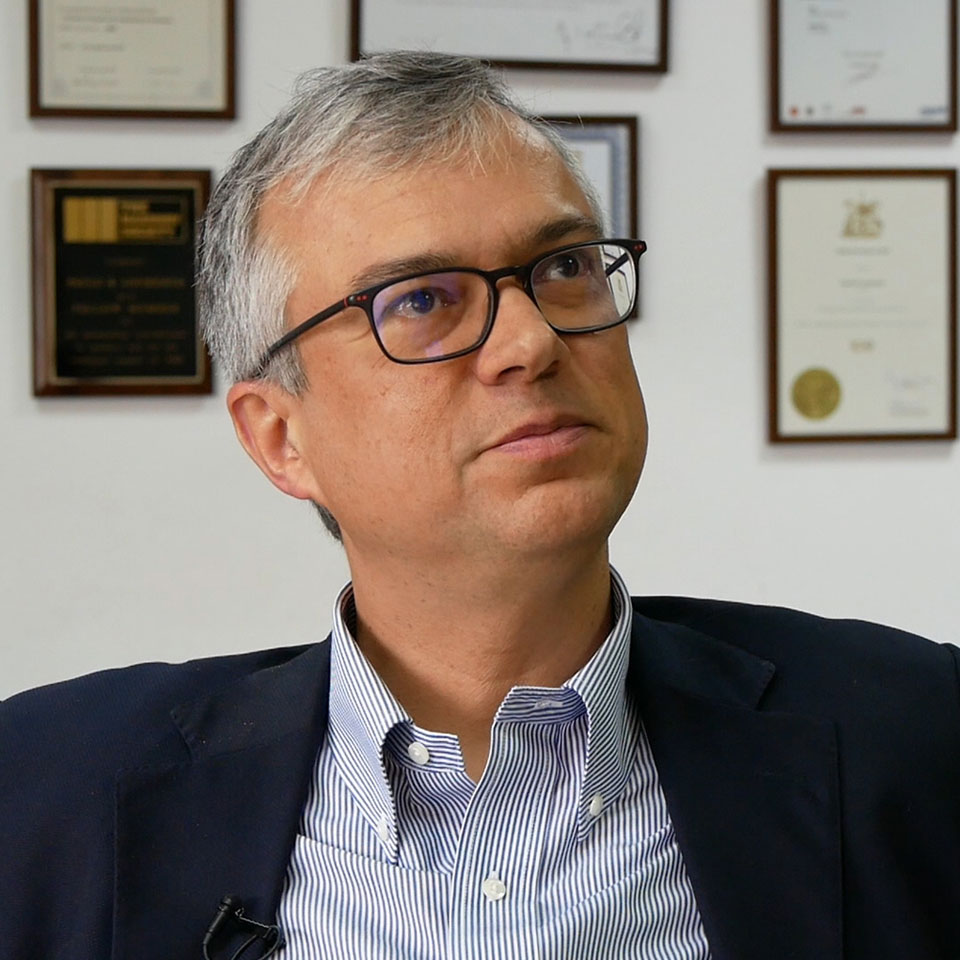
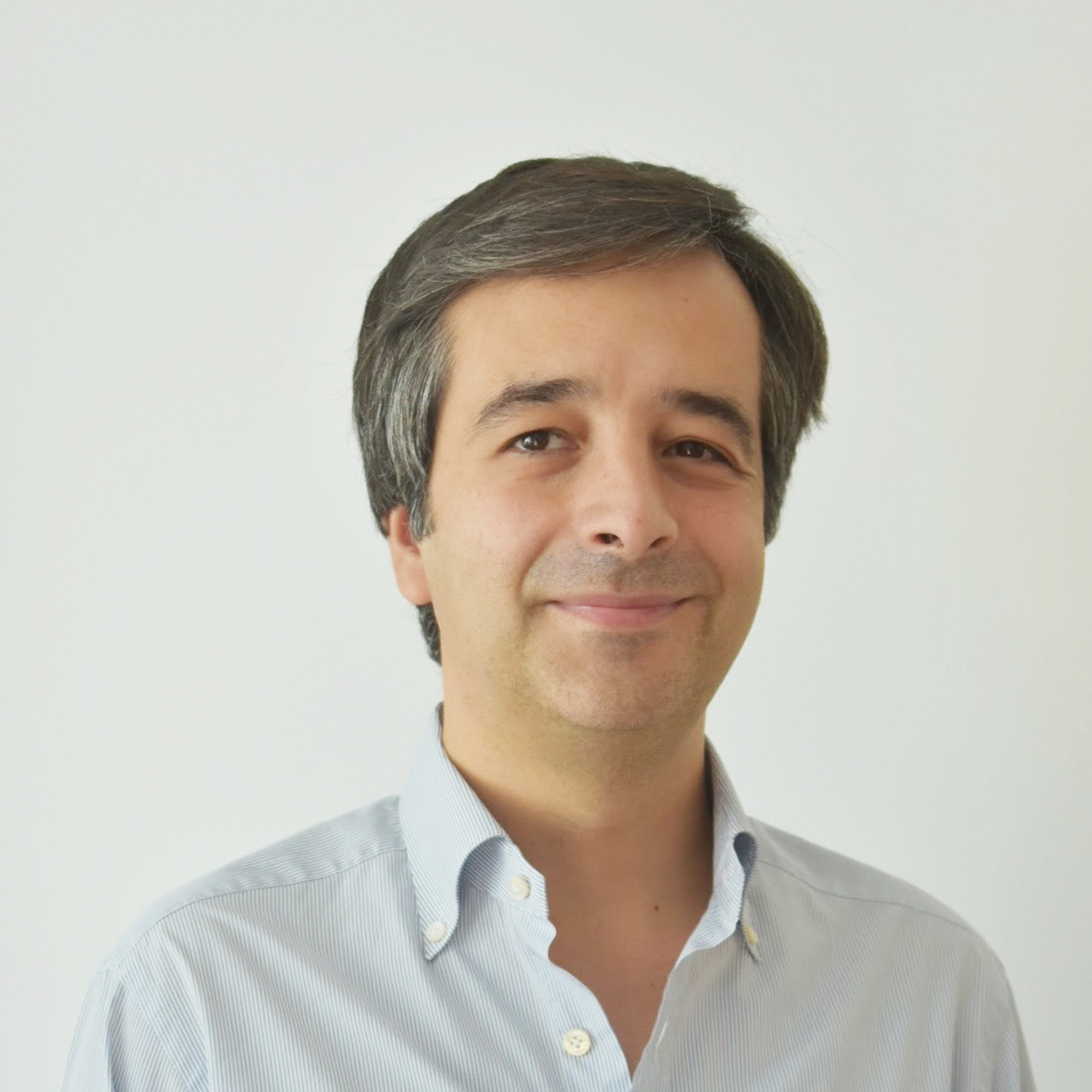
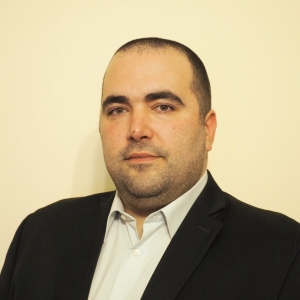
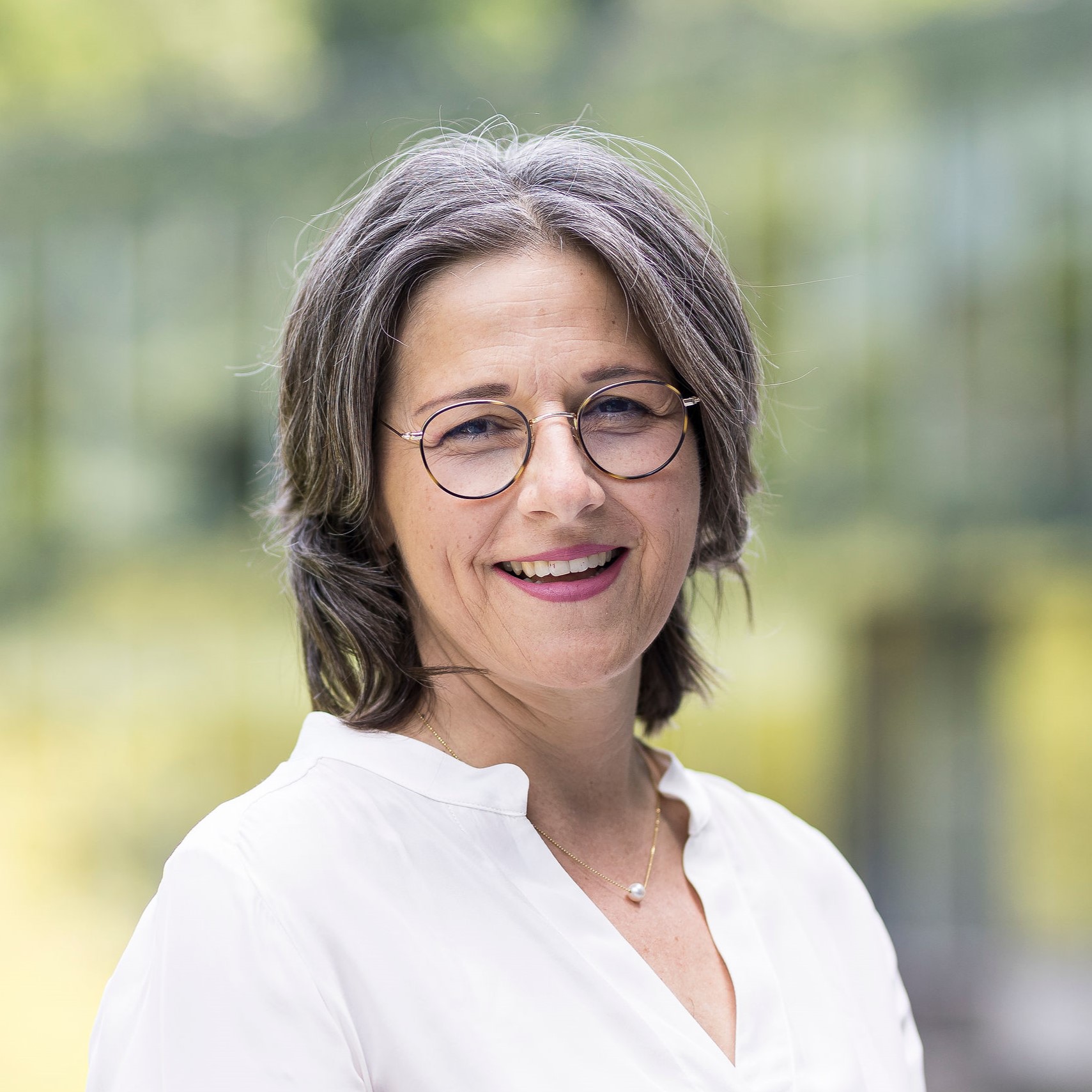
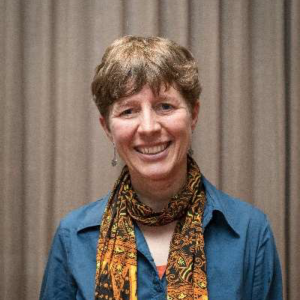
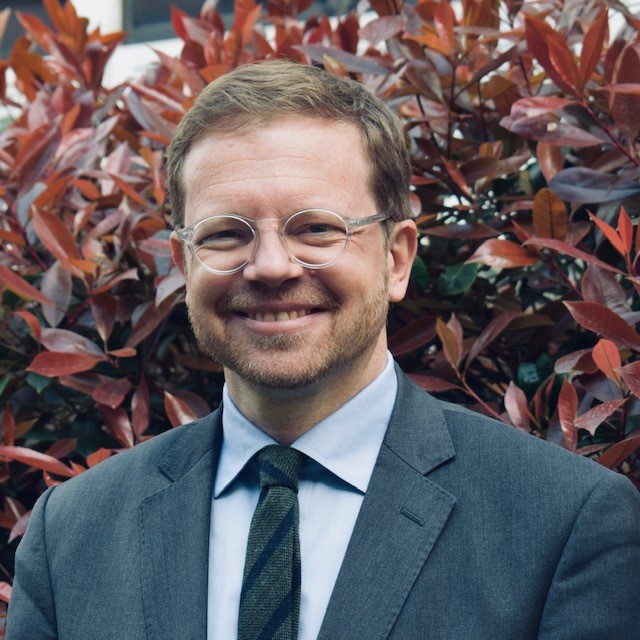
Rodolphe Nicolle
Chair of the Training and Knowledge Transfer Committee (TKTC)

Miguel Azenha
WP1 leader: Multi-physics and multi-scale simulation up to real-scale applications in construction
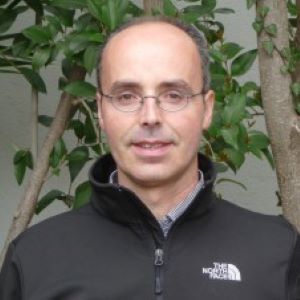
Carlos Rodriguez-Navarro
WP2 leader: Towards a new generation of functional lime mortars/plasters
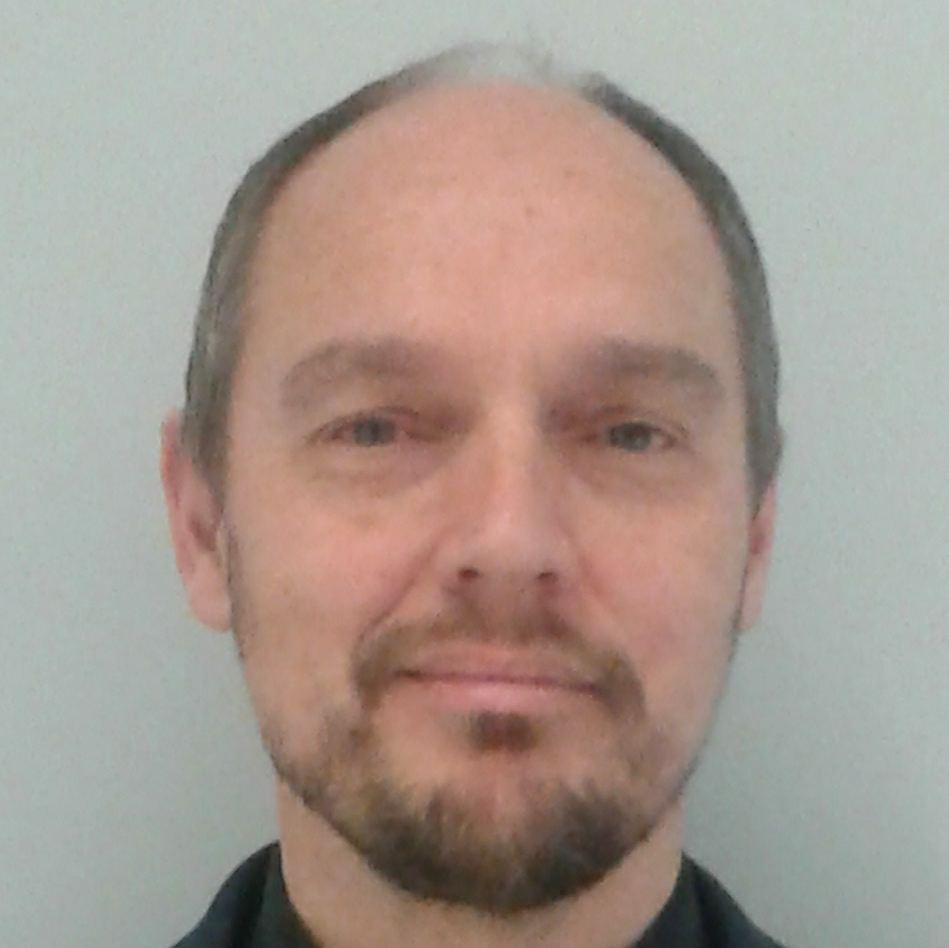
Eddie Koenders
WP3 leader: Sustainability and life-cycle analysis of construction systems comprising lime mortars/plasters
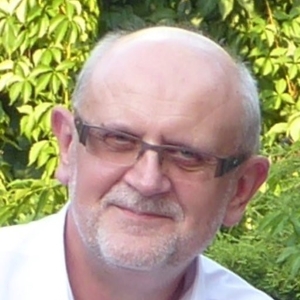
Jan Kubica
WP4 leader: Integrative developments from science to industry and society: bridging the gap

Guang Ye
WP5 leader: Training, mobility, sustainable recruitment and transfer of knowledge
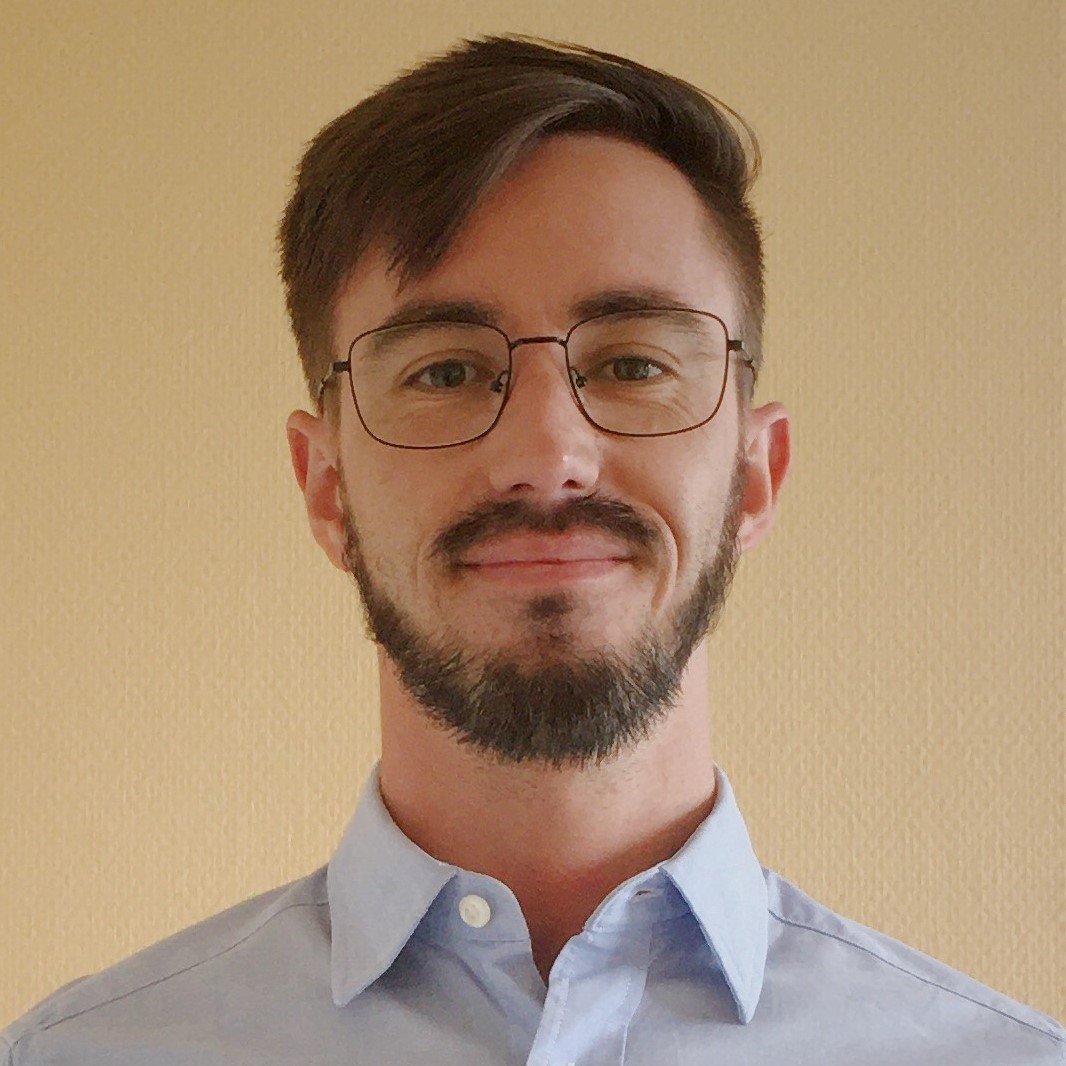
Objectives: to build up a numerical model which can simulate the chemical reaction process, and microstructural formation of lime-based materials. The generated microstructures will be used as input for predicting the physical and transport properties of lime-based materials, and act as a tool for designing new generation of sustainable/functional lime mortars/plasters. The focus will be mainly in the development of reaction kinetics model which will consider the chemical composition of lime, liquid to powder ratio and reaction temperature. In the kinetics model the volume fraction of reaction production (mainly calcium hydroxide), unreacted lime and capillary pores will be simulated explicitly. Based on the reaction kinetics model developed above, the physical and chemical process, i.e., the dissolution, nucleation and growth of lime will be simulated by coupling ion transport and thermodynamics, where Lattice Boltzmann methods will be employed to deal with ions transport, while Phreeqc will be employed to simulate the chemical reaction and thermodynamics. In the end a comprehensive microstructure of lime mortar can be obtained, including the pore structures, pore solution chemistry, crystal phases and amorphous phases.
Expected Results: to produce a framework for simulating the chemical reaction and microstructural development of lime-based materials. And use as input to upscale to meso-, macro- scale of Lime-mortar.
Keywords: lime, mortar, reaction kinetics, microstructure, numerical simulation
Objectives: To upscale the microstructural properties from paste level to meso-scale in mortar level to study the physical and mechanical properties of lime-based mortar, i.e., water permeability, moisture and ion transport, creep and shrinkage. More specifically, three tasks are defined: a) Simulation of the mortar structure: lime mortar is a composite material consists of bulk (lime) paste, sand and interfacial transition zone (ITZ) between lime paste and sand. The lime paste in micro-level will be upscaled by volume average method in meso-scale at mortar level. The simulated mortar structure will be used as input to simulate physical/mechanical properties mentioned above. b) Estimation the transport properties of lime-based paste and mortar: in micro-level the percolation phenomenon of microstructure of lime paste is studied and the representative elementary volume (REV) of lime paste and mortar will be determined. The simulation results will be validated using experimental results; c) Shrinkage and creep properties of lime-based paste and mortar: this task will investigate the volume stability (creep and shrinkage) of lime-based paste and mortar and to develop models for predicting shrinkage induced cracking and estimating the creep for applications in practice.
Expected Results: To produce a framework for simulating physical/mechanical properties, i.e., water permeability, moisture and ion transport, creep and shrinkage of lime-based materials. A better understand the volume stability of lime mortar is achieved.
Keywords: lime, mortar, transport properties, volume stability, numerical simulation
Objectives: The objective is the development and testing of novel methods to add extra functionalities to lime-based mortars and plasters via a nanoparticle-based, biomimetic strategy. Lime-based mortars and plasters are exposed to water/humidity and pollutants/dirt accumulation that can ultimately lead to soiling and degradation, hampering their longterm durability. To avoid these problems, two strategies will be tested and validated here. One involves the modification of the surface properties (wettability) via the application of nanoparticles that can be integrated in the fresh mix or applied afterwards on the set material surface. Such nanoparticles can impart nano- and microrugosity, fostering a transition from a Laplace regime to a Cassie-Baxter regime leading to enhanced hydrophobicity or even superhydrophobicity. This strategy is based on nature, which through million years evolution have designed (super)hydrophobic structures, such as the Lotus leaves which through hierarchical nano- and microstructures enable extreme hydrorepellency. To enhance surface protection nanoparticles will also be applied along with polydimethylsilane (PDMS). Specific nanoparticles with known photocatalytic activity, e.g., anatase (TiO2), will be also tested for self-cleaning functionality. Interestingly, such nanoparticles could also contribute to surface rugosity, thereby potentially playing a dual functional role: self-cleaning and (super)hydrophobicity, aspects that need to be explored and validated.
Expected Results: The research results will lead to the design and implementation of novel formulations and surface treatment for an enhanced durability of lime-based building materials. They will also contribute to the optimization of novel surface protective coatings that not only would prevent water-related decay problems, but also contribute to the prevention of soiling or the development of biodeterioration, because, for instance, the photocatalytic oxidative functionality imparted by TiO2 nanoparticles, is also effective for the prevention of bacterial proliferation, or the development of other microorganisms (fungi, algae).
Keywords: biomimetic, new functional lime mortars/plasters, self-cleaning, nanoparticles, superhydrophobicity

Ulrike Peter
Industrial Mentor
Lhoist
ulrike.peter@outlook.be
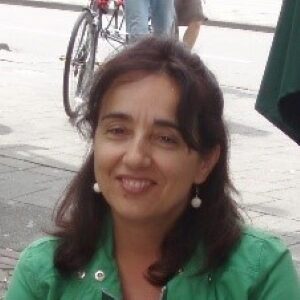
Esther Ontiveros Ortega
Industrial Mentor
Istituto andaluz de el patrimonio historico (IAPH)
esther.ontiveros@juntadeandalucia.es
Objectives: Lime-based mortars and plasters naturally set and harden by carbonation, contributing to the long-term effective mineral sequestration of atmospheric CO2. However, little is known on the mechanisms and kinetics of this process. This precludes the design and implementation of effective methods to speed up this setting reaction and to optimize CO2 mineral capture. Here we plan to conduct a detailed research of the mechanisms and rate-controlling steps of lime carbonation. For this task we also will explore the possibilities of using lime-rich industrial waste materials (e.g., carbide lime or other alkaline wastes such as bottom – or fly-ash from carbon power plants) as a binder and/or additive (with pozzolanic activity) for CO2 capture and utilization. Means to accelerate the carbonation process will also be explored by using a biomimetic approach. Overall, the main objectives are: (a) Gain a better understanding on mechanisms and kinetics of lime-binders carbonation; (b) Evaluate the possibility of using waste lime (e.g., carbide lime) and other industrial Ca-rich alkaline wastes as an alternative to hydrated lime for the design and application of lime-based mortars and plaster with the added-value of enhanced CO2-capture and utilization; (c) Gain insight on the mechanisms and effects of natural enzymes such as carbonic anhydrase for the acceleration of the carbonation (setting via CO2 mineral capture) of lime-based materials; (d) Explore the possible application of Zn-based MOFs as a biomimetic strategy for the accelerated CO2 capture and setting via carbonation of lime-mortars and plasters.
Expected Results: The research results will lead to a better understanding of mechanisms and kinetic of carbonation of lime-based binders used in mortars and plasters. They will also contribute to the recycling and utilization as building materials of lime-rich industrial wastes that are currently stockpiled or disposed in ponds or landfills (e.g., case of carbide lime) posing an environmental risk and being an economic burden. We also expect to gain an insight into the effect that natural and artificial (biomimetric) metal-enzymes play on the acceleration of lime mortars and plasters carbonation. Ultimately, we strive to develop an economic biomimetic strategy for accelerated lime-binders setting via CO2 capture.
Keywords: lime mortars carbonation, kinetics, CO2 capture, carbonic anhydrase, biomimetics, MOFs, Ca-rich alkaline industrial wastes
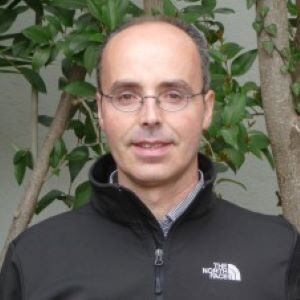
Carlos Rodríguez Navarro
Supervisor
carlosrn@ugr.es
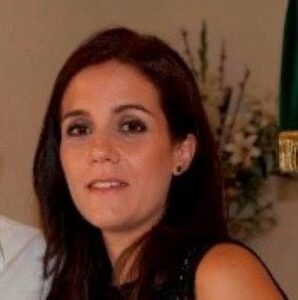
Encarnación Ruiz Agudo
Co-Supervisor
encaruiz@ugr.es

Guang Ye
Secondment Mentor
TU Delft
g.ye@tudelft.nl

Esther Ontiveros Ortega
Secondment Mentor
Instituto Andaluz del Patrimonio Histórico
esther.ontiveros@juntadeandalucia.es

Urlike Peter
Industrial Mentor
Lhoist
ulrike.peter@outlook.be
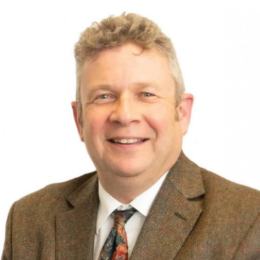
Colin Hills
Industrial Mentor
Carbon8 Systems
c.d.hills@gre.ac.uk
Objectives: Both analytical science and practical experience have indicated that providing lime mortars with an early strength avoids failure due to environmental conditions such as frost or strong solar radiation. Instead of expensive and/or toxic chemicals, the rapid hardening of lime mortars will be obtained through bacterial CO2 production and calcium carbonate precipitation. When cracks do occur in lime-based mortars, they possess an autogenous healing capacity, which is a well-known phenomenon, but the conditions have not been the focus of much research until now. Parameters affecting the self-healing capacity (lime composition, water and CO2 concentration, temperature, among others) will be studied as a basis, and measures for improvement proposed. Application of bacteria that induce precipitation of calcium carbonate at the interface of building stone and lime mortar/plaster may change the surface roughness and improve the bond due to the compatibility between the precipitate and the lime and reduction of the sorption characteristics of the stone. In addition, bacteria will be added into lime mortar, to induce CaCO3 precipitation in occurring microcracks, and their viability will be studied after various time spans. Brick-mortar assemblies with bacteria at the interface or in the mortar, will be loaded to study revival of bacteria and healing of microcracks. Need for protection of bacteria, and use of spores instead of vegetative cells will be considered. Water availability during carbonation of the lime can be tailored by addition of superabsorbent polymers.
Expected Results: The research will aim to reduce the formation of cracks in lime-based mortars and plasters. Bond strength between building stones and mortar will be increased. Setting can be accelerated leading to higher early strength. Autogenous self-healing of lime mortars will be better understood. Self-healing will be stimulated or engineered by special additions.
Keywords: biomimetic, self-healing lime mortars/plasters, microbially induced carbonate precipitation (MICP), superabsorbent polymers
Objectives: To enhance the sustainability of the construction industry, the construction and demolition waste should be recycled, as far as possible in high value applications. The overall quality of recycled concrete aggregates is generally lower than that of natural aggregate, due to the mortar that remains attached to the natural aggregate. Studies on the use of recycled concrete aggregates in concrete show that various mechanical and durability properties can be improved, if the attached mortar can be separated better from the recycled aggregates. When using a classic recycling process, exhibiting only one crushing action by a jaw or impact crusher, approximately 50 wt% of recycled aggregates and 50 wt% of recycled sand extremely high in filler (<63 μm), can be obtained. To improve this sand quality, the fines can be further separated from the sand. Another possible source of fines is washing sludge from aggregates production. The fines induce a high water and admixture demand in concrete, may have a higher content of SO3, etc., making their use difficult. These fines, however, could find a positive use in lime mortars. Since they come as fines, the need to grind them as raw materials is omitted. Furthermore, the lime mortar could benefit from the unreacted cement and/or uncarbonated calcium silicate hydrates that are present, as nuclei for the further hydration reactions. To compensate for the water demand and to improve the mortar’s performance, the combination with various types of (new) admixtures will also be investigated.
Expected Results: The research results will lead to increased sustainability of the construction industry, as recycled fractions from this industry are used in new buildings. Physical, chemical, and mineralogical characteristics of the fines and their variability will be determined. Their compatibility with different natural and hydraulic lime mortars will be investigated and their concentration in the mix will be optimized, in function of their characteristics. The effects on lime fresh/hardened properties and performance parameters will be analyzed.
Keywords: recycling, lime mortars, plasters, fines, admixtures
Objectives: To understand and describe the current practices of construction of lime-based mortars in the European area, with focus on actual industry testimonials, and with focus on application processes and the relevant important properties at both fresh stage and early hardened stages. To gather a representative set of materials and promote the necessary experimental research that confirms the differences felt within Europe in this concern, and make a systematization. The breadth of the study on existing practices that is already very challenging, will be further widened by a connection with the increasingly important field of digital fabrication, by targeting specific studies towards the feasibility of lime-based mortars in such context. It is expected that very positive insights are brought about in this unexplored field, in view of the acknowledged improved fresh properties of mortars in lime binders included. This ESR7 will also interact directly with other ESR’s operating in the scope of WP2 and WP3, with teamwork being conducted towards the adequate tailoring of the mixes in view of the important fresh and early age properties.
Expected Results: The expectable results comprise: (a) database on existing practices for mortar/plastering mortars in masonry; (b) explaining systematic guidelines; (c) rules for mixing for 3D printing or other digital fabrication methods; (d) tailoring of mixes in WP2, WP3 towards applicability aspects.
Keywords: fresh behaviour, lime, mortar, masonry, digital fabrication

Miguel Azenha
Supervisor
miguel.azenha@civil.uminho.pt
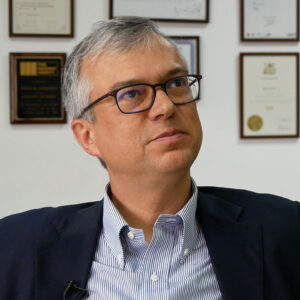
Paulo B. Lourenço
Supervisor
pbl@civil.uminho.pt
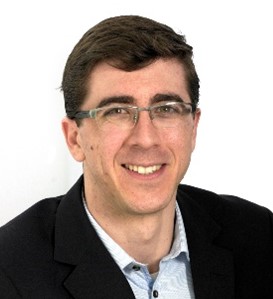
Wilson Ricardo Leal da Silva
Secondment Mentor
Danish Technological Institute
wrls@teknologisk.dk
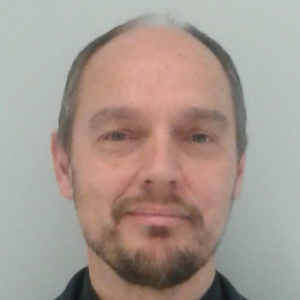
Eduardus Koenders
Secondment Mentor
Technical University of Darmstadt
koenders@wib.tu-darmstadt.de
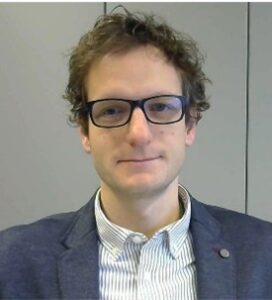
Neven Ukrainczyk
Secondment Mentor
Technical University of Darmstadt
ukrainczyk@wib.tu-darmstadt.de
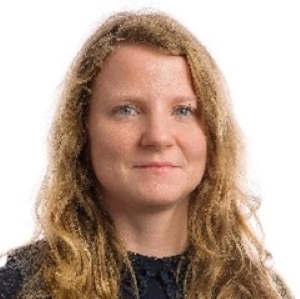
Tina Oertel
Industrial Mentor
Sievert
tina.oertel@sievert.de
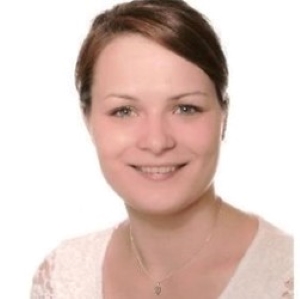
Carolin Gräf
Industrial Mentor
Sievert
carolin.graef@sievert.de
Objectives: This plan has two fundamental objectives: (a) to innovatively apply and adapt experimental techniques to lime-based mortars and structures in ways that make them feasible for in-situ application, and not just on research; (b) to deploy the original techniques developed, together with standard technologies, in order to execute systematic verification of the feasibility of mortar mixes studied within the consortium in view of the validation of the tables of Eurocode 6 for masonry mortars. This will allow a directly applicable and validated framework to be deployed in industrial context, with significant added value for future constructions in terms of quality control and performance requirements satisfaction assurance. Specific efforts will be done to allow information to be attained in-situ from expedite medium-to-low-cost systems that allow generalization in actual construction practices. Three main lines will be pursued in such concern: 1) advanced used of knowledge on UPV measurement; 2) retailoring the EMM-ARM (Elasticity Modulus Measurement through Ambient Response Method) for application in lime mortars to study the very early stiffness kinetics; 3) Deploy cyberphysical systems based on development boards.
Expected Results: The expectable results comprise: (a) custom devised approach for UltraSound Pulse Velocity measurement in-situ with direct relation with actual relevant properties according to Eurocode6; (b) EMM-ARM ready for deployment in-situ; (c) availability of custom cyberphysical systems targeted to properties such as cohesion and bond, among others; (d) validation of the interplay of properties of the tables of Eurocode 6 and evaluation of mortars within the consortium in such context.
Keywords: cyberphysical systems, lime, mortar, masonry, nondestructive testing

Tina Örtel
Industrial Mentor
Sievert
tina.oertel@sievert.de

Carolin Gräf
Industrial Mentor
Sievert
carolin.graef@sievert.de
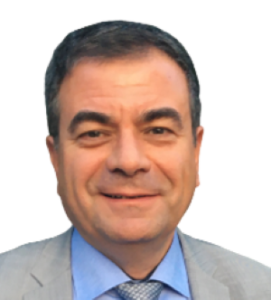
Antonio Caballero González
Industrial Mentor
European mortar industry organisation
antonio.caballero@euromortar.com
Objectives: The main aim is to quantify improvements in Environmental and Economic sustainability indicators of the innovative solutions developed by the SUBLime partners, in comparison to current lime-based mortars and plasters. Life cycle assessment (LCA) analysis will include the baseline scenario and following innovative solutions: a) use of lime waste materials such as paper mill Ca(OH)2 sludge or carbide lime (a byproduct of the acetylene industry), taking into account impacts of purification steps versus avoided impacts of landfilling and related environmental hazards; b) novel biomimetic metal-enzymes as carbonation accelerators, increasing CO2 capture and reducing greenhouse gases; c) hydrophobic and self-cleaning lime-based mortars and plasters and self-healing mortars with increased durability, which through increased service life reduce use of raw materials and creation of waste; d) use of recycled fines from the construction industry in lime-based applications, reducing the need for virgin raw materials; e) life cycle inventory data will be obtained from existing databases as well as from the lime producers and EU Lime association (EuLA). The functional unit will comprise multiple criteria: a volume of the mortar/plaster material as well as including functional specifications such as strength and thermal properties. Open source (e.g. Open LCA, CCaLC, Bees) and commercial (SimaPro) tools will be used.
Expected Results: Established baseline environmental profile for the current lime-based mortars and plasters. Filling the gap in literature on LCA results considering the synthesis and applications of the innovative smart additives, and use of waste as raw materials. Improved sustainability of the SUBLime innovative solutions will be quantified. Advanced LCA approach focused on detailed description of the cradle-to-gate processes, and extended with novel approaches to predict service life and CO2 capture.
Keywords: Life cycle assessment (LCA), lime, mortar, smart additives, waste raw materials, service life, CO2 capture

Eddie Koenders
Supervisor
koenders@wib.tu-darmstadt.de

Neven Ukrainczyk
Co-Supervisor
ukrainczyk@wib.tu-darmstadt.de
Objectives: Characterize the 3D microstructure of current lime-based mortars and new generation of lime-based mortars and plasters using multi-scale high resolution X-ray imaging. Experimentally, the product’s performances will be validated with special attention towards efflorescence and salt damage. This ESR will be in close collaboration with the other ESR’s as the microstructural characteristics can be used as a tool for the modelers and the 3D imaging can serve as an input for validation. The composition of the newly developed mortars (binder, additives, grain size) is known to influence greatly the efflorescence. Other important elements are the variability of the pore structure of the mortar during hydration and carbonation, and the change once in contact with porous bricks. Efflorescence will be tested using an accelerated efflorescence test, which involves a series of wetting-wicking cycles under specific climatic conditions on a combined specimen of mortar and brick. This test can be preceded by an accelerated carbonation of the mortar, which allows testing the mortar at various ages. This study will be complemented by dynamical monitoring of physical changes inside the mortars during salt efflorescence using dynamic X-ray imaging and ESEM.
Expected Results: a) A multi-scale 3D characterization of the different mortar formulations, b) a clear link between the 3D characteristics and the long-term behaviour of lime-based (new developed) mortars, particularly regarding salt damage and efflorescence development, c) a validation tool of the developed models, 4) an innovative method to monitor dynamic (salt crystallization, fracture development) damaging processes inside lime-based mortars.
Keywords: 3D characterization, efflorescence, X-rays, new function lime mortars/plasters
Objectives: The objective is to bridge the gap between knowledge generated at the micro and macro scales, towards the prediction of actual mortar behaviour, acting as a construction material. This ESR focuses mainly in thermo-physical and short term mechanical properties, such as: thermal conductivity, specific heat, moisture diffusion, compressive/tensile strength, bond (e.g. brick vs mortar) and E-modulus. This work will be focused on strategies for upscaling properties obtained at the microstructural level to larger scales, using two distinct approaches: (a) a fully numerical approach based on lattice models or finite element models that upscale the REV’s throughout the scales; (b) a fully or semi-analytical strategy based on extending standard procedures such as the Mori-Tanaka or other schemes for homogenization. At the larger scales, 3 particular challenges are expected: (a) the need to consider Interface Zone between the matrix and the aggregates, which still remains difficult in other materials that have been subject of significant research in the past (e.g. cement-based mortars); (b) the inherent challenges to upscaling from mortar-brick towards masonry behaviour; (c) issues related to understanding and being able to predict efflorescence of salts on masonry units, with salts coming from the mortars. The models will be implemented in a commercial software as an external user subroutine (or API), allowing the industrial partners to apply them.
Expected Results: A framework for upscaling of material properties from the micro-scale up to the scale of the masonry itself. Two tracks are considered: fully numerical and semi-analytical. Included properties: thermal conductivity, specific heat, moisture diffusion, compressive/tensile strength, bond and E-modulus. Benchmarking examples will be deployed.
Keywords: thermo-mechanical behaviour, lime, mortar, masonry, numerical modelling, analytical analyses
Objectives: To bridge the gap between knowledge generated at the micro and macro-scales, towards the prediction of long term behaviour of lime-based and/or modified mortars as well as masonry taken as composite material in relation to the durability, mainly characterized by in-plane deformations and crack resistance. The focus will be mainly in methods of micro and macro modelling of mortar-brick long term behaviour including shrinkage, creep and plastic deformations, prediction of changing of thermal conductivity, moisture diffusion, compressive/bending/tensile strength, bond strength, E-modulus, G-modulus and Poisson’s ratio. This work will be carried out in three ways: (a) experimental tests on long-term behaviour and properties of materials; (b) fully numerical FEM models that upscale the REA’s (Representative Element Area) throughout the scales, (c) analytical or semi-analytical methodology based on modification of the material properties and/or analytical calculation methods for masonry as homogenized material.
Expected Results: It is expected to produce a framework for upscaling of material properties from the micro-scale through macro-scale up to the scale of the masonry itself as well taking into consideration the long-term behaviour and durability aspects. As the results, the theoretical models are planned to be implemented in commercial software.
Keywords: long behaviour, lime, mortar, masonry, FEM modelling, scale effect
Objectives: The objective is to understand clearly the benefits of the developed mortars in real case applications, with a focus on shrinkage and expansion. It is well known that the shrinkage behaviour is strongly dependent on moisture states, restraint and strain capacity of the binder. An important interplay with creep is also known, bringing further complexity to the problem. Additionally, irreversible expansion is a much relevant detrimental effect on clay bricks and tiles, which depends much on moisture uptake and mortar stiffness. This activity of this ESR will be linked with all other ESRs, benefiting from the knowledge and tools developed at lower scale. The work will focus on an experimental campaign, including masonry wallets on uniaxial compression, expansion / shrinkage of masonry wallets, expansion of clay units and wall testing under restrained movement (or indirect loading). Tests on mortar shrinkage from other ESRs will be used in the analysis. After validation of the experimental results with a FEM meso-scale and a homogenized model, parametric studies will be carried out to provide estimates of natural periods for masonry buildings, behaviour factors and overstrength ratios for masonry elements and buildings, design rules masonry joints, all with the newly developed mortars.
Expected Results: Besides providing testing results for compression and shear with the new materials, which are essential to demonstrate the advantages of the new materials, validation of the simulations strategies and design rules for different applications will be proposed.
Keywords: shrinkage, expansion, mortar, masonry, numerical modelling
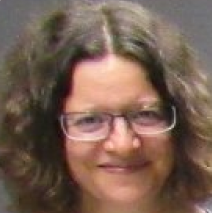
Graça Vasconcelos
Supervisor
graca@civil.uminho.pt
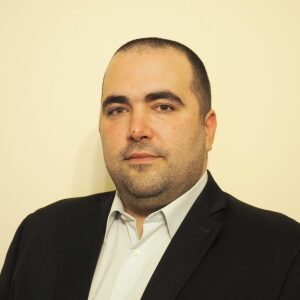
João M. Pereira
Supervisor
jpereira@civil.uminho.pt
Objectives: To study the behaviour of masonry made of different types of units (clay and/or Ca-Si solid bricks and the most wide being in use hollow blocks) and lime-based and/or modified mortars subjected to in-plane horizontal and vertical shearing forces produced by seismic actions and cyclic loads or irregular vertical displacements (e.g. irregular settlements) with and without some delay influences (creep and shrinkage). Based on the tests of larger specimens (with and without plastering) the load-bearing capacity as well as in-plane deformations and crack resistance will be analysed. This project will be carried out in three ways: (a) determination the bond strength of lime-based mortars to masonry units and its self-healing or crack resistance enhancement; (b) prediction of behaviour of masonry larger scale elements under horizontal cyclic loads or statically vertical shearing based on numerical simulations, validated by large scale test data; (c) analytical or semi-analytical calculation methods based on modification of the material properties.
Expected Results: Determination of the real bond strength of mortars to masonry units and its self-healing or crack resistance enhancement and prediction of behaviour of masonry larger scale elements. The analytical or semi-analytical methodology based on modification of the material properties for masonry large structures taken masonry as homogenized material will be elaborated.
Keywords: in-plane behaviour, cyclic loads, lime, mortar, masonry, modified mortars, homogenisation

Encornacion Ruiz Agudo
Co-supervisor
Universidad de Granada
encaruiz@uigr.es

Carlos Rodriguez-Navarro
Secondment Mentor
Universidad de Granada
carlosrn@ugr.es
Objectives: To compare Environmental, Economic and Societal sustainability indicators between the current and the SUBlime innovative technologies for lime-based construction unit. Life cycle inventory data will be obtained from existing databases as well as from the lime producers and EULA. Based on cradle-to-gate inputs from ESR9, ESR15 will widen the LCA scope to consider in a more advanced approach the following life phases of the construction unit: a) construction phase: current versus digital fabrication technologies; b) use phase: models for CO2 capturing, service life, operation, maintenance and retrofitting of lime-based constructions; c) end-of-life processes: where lime-based components are separated from bricks and used in closed loop recycling. The LCA will consider the predicted long-term performance of elements at construction scale under real exposure conditions, by collaboration with ESR12, 13 and 14 on service life and CO2 capture predictions.
Expected Results: Quantified cradle-to-cradle sustainability of construction building units integrating novel lime-based mortars and plasters ingredients. Current and innovative SUBLime technology is compared. A more advanced rational approach to include durability and service life of lime-based masonry systems in the LCA assessment.
Keywords: Life cycle assessment (LCA), lime mortar construction systems, digital fabrication, service life, CO2 capture

Eddie Koenders
Supervisor
koenders@wib.tu-darmstadt.de

Neven Ukrainczyk
Co-Supervisor
ukrainczyk@wib.tu-darmstadt.de

Miguel Azenha
Secondment Mentor
University of Minho
miguel.azenha@civil.uminho.pt

Jan Kubica
Secondment Mentor
Silesian University of Technology
Jan.Kubica@polsl.pl
© 2021 SUBLime – All rights reserved. Privacy Policy // Design by Boutik